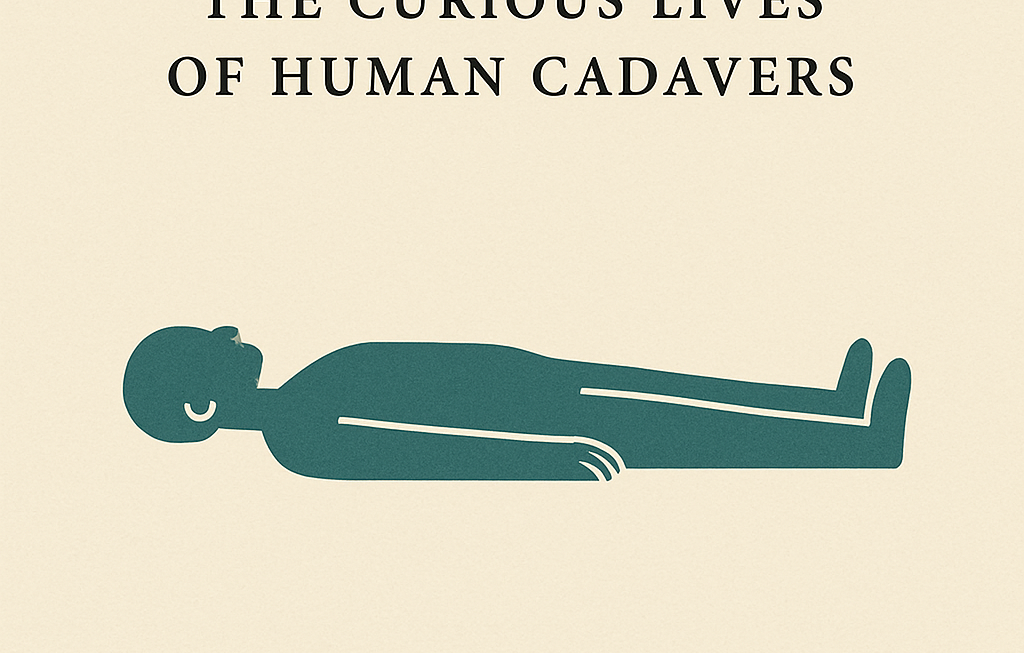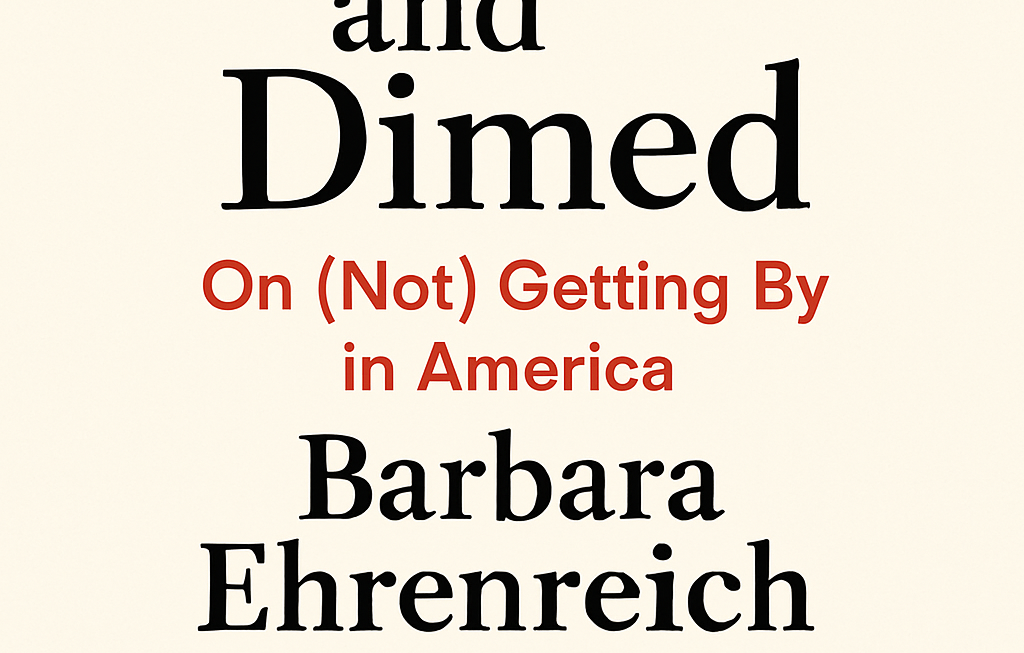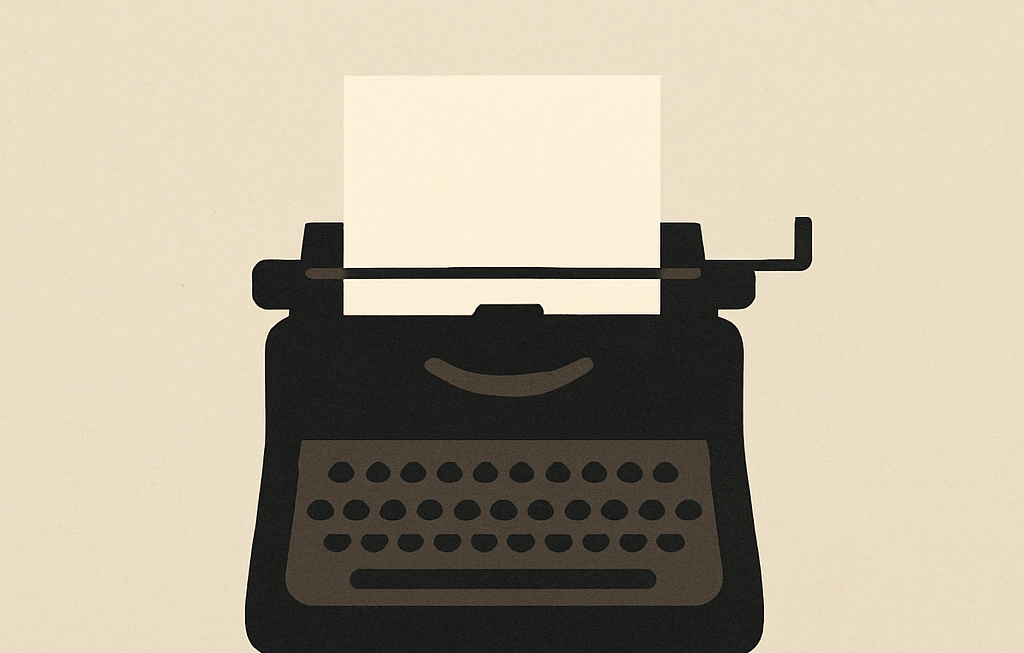The Unexpected Life After Life: A Conversation with Mary Roach
Mary Roach’s Stiff: The Curious Lives of Human Cadavers, published in 2003, wasn’t your average beach read. It was, and remains, a surprisingly delightful deep dive into the often-overlooked world of postmortem human bodies and their surprisingly varied roles in science and society. Roach, with her characteristic blend of rigorous research and irreverent humor, manages to transform the potentially morbid topic into a fascinating exploration of human mortality and our relationship with death. She tackles the ethical complexities of body donation with a deft touch, never shying away from the difficult questions while maintaining a narrative that is both informative and wildly entertaining. The book’s success wasn’t just a testament to Roach’s talent for making complex science accessible but also a reflection of a growing societal fascination with the unsettlingly intimate details of life’s end. Born in 1959, Roach has carved a unique niche in popular science writing, establishing herself as a master of turning potentially dry subjects into compelling narratives. From the intricacies of the human digestive system (Gulp) to the challenges of space travel (Packing for Mars), her body of work is a testament to her relentless curiosity and knack for uncovering the hidden humor in even the most serious subjects. This exploration of her work, especially her groundbreaking debut, is a testament to her ability to bridge the gap between scientific rigor and public fascination, creating an insightful and engaging reading experience for all.
A Conversation with Mary Roach
- Question: Stiff avoids the typical sentimentalization of death. Was this a conscious decision, and how did you navigate the ethical tightrope of humor and respect when dealing with such a sensitive subject?
Answer: It was absolutely a conscious decision. Sentimentality felt dishonest to me, and I wanted to reflect the wide range of human emotions associated with death—curiosity, fear, awe, even humor. The ethical tightrope was indeed a delicate balance. I tried to approach the topic with reverence for the individuals who’d donated their bodies, acknowledging their immense contribution to science and knowledge. Humor, for me, serves to disarm, to make the subject matter more approachable and less daunting, not to trivialize it.
- Question: Your writing often blends meticulous research with a conversational, almost gossipy style. How do you achieve this balance between scientific accuracy and engaging storytelling?
Answer: That’s the fun part! The research is the foundation, naturally. But the storytelling is where the human element comes in. I’ve always believed science doesn’t have to be dry and impersonal. It’s inherently about people – the scientists, the subjects, the people who are affected by the findings. By highlighting those human connections, I hope to bring the science alive and make it relatable.
- Question: What were some of the most surprising discoveries or experiences you encountered while researching Stiff?
Answer: I was constantly surprised! The sheer variety of uses for cadavers was mind-boggling, from crash-test dummies to underwater decomposition studies. But the most surprising aspect, perhaps, was the pervasive disconnect between our cultural attitudes toward death and the scientific realities. Seeing how death is handled in practice, from the practical to the deeply personal, really challenged my own preconceptions.
- Question: Did you encounter any resistance or criticism while writing Stiff, and how did you handle it?
Answer: Of course. Some people felt the book was too irreverent or that I was somehow exploiting the dead. Others simply found the topic too disturbing. I tried to engage with those criticisms directly and respectfully, while standing my ground. I hoped to convince readers that my goal wasn’t to offend but to educate and foster a more informed dialogue about mortality.
- Question: Your subsequent books have covered various scientific topics, yet they all share a similar quirky and approachable style. What drives your thematic choices?
Answer: I’m drawn to subjects that explore the intersection of science and the human experience – topics that are fascinating, sometimes odd, and almost always offer a surprising perspective on ourselves. My curiosity is pretty boundless, and the goal is always to uncover the hidden stories within those topics, to make them accessible and entertaining.
- Question: How has your writing process evolved since Stiff?
Answer: Each book presents new challenges. With Stiff, I was learning to navigate the intersection of scientific research and storytelling, establishing my unique voice. Over time, I’ve refined my research techniques and learned to trust my instincts even more in shaping the narrative. But the core process remains the same: immerse yourself in the research, find the human stories, and let the humor and curiosity guide the writing.
- Question: Many popular science writers focus on the positive aspects of scientific advancements. Why did you choose to explore a topic that many find unsettling?
Answer: I believe that confronting difficult or uncomfortable subjects is crucial. Death is a fundamental aspect of life, and avoiding it only deepens our collective discomfort and misunderstanding. It’s in these difficult conversations that we can learn the most about ourselves and the world around us. Plus, there’s often a lot of fascinating science hidden within the “unsettling”.
- Question: What advice would you give to aspiring science writers who are hesitant to tackle potentially controversial or taboo topics?
Answer: Don’t be afraid. Do your research thoroughly, be respectful, and approach the subject with honesty and curiosity. The most important thing is to find a way to connect the science to the human experience. Readers respond to stories, not just facts, and if you can weave together those elements, you’ll have a compelling narrative.
- Question: Looking back at Stiff, what are you most proud of achieving with that book?
Answer: I’m proud of having sparked a conversation. I aimed to destigmatize the topic of death and the essential role of cadavers in our understanding of life. The fact that Stiff continues to resonate with readers, generating discussions and challenging perceptions, is immensely gratifying.
- Question: What’s next for you in your literary endeavors?
Answer: I’m always exploring new avenues of scientific curiosity. I can’t reveal too much just yet, but it’s something that delves into the mysterious intersections of nature and human law. Think of it as a continuation of my ongoing exploration into the surprising and often humorous ways humans interact with the world around them.
“`



